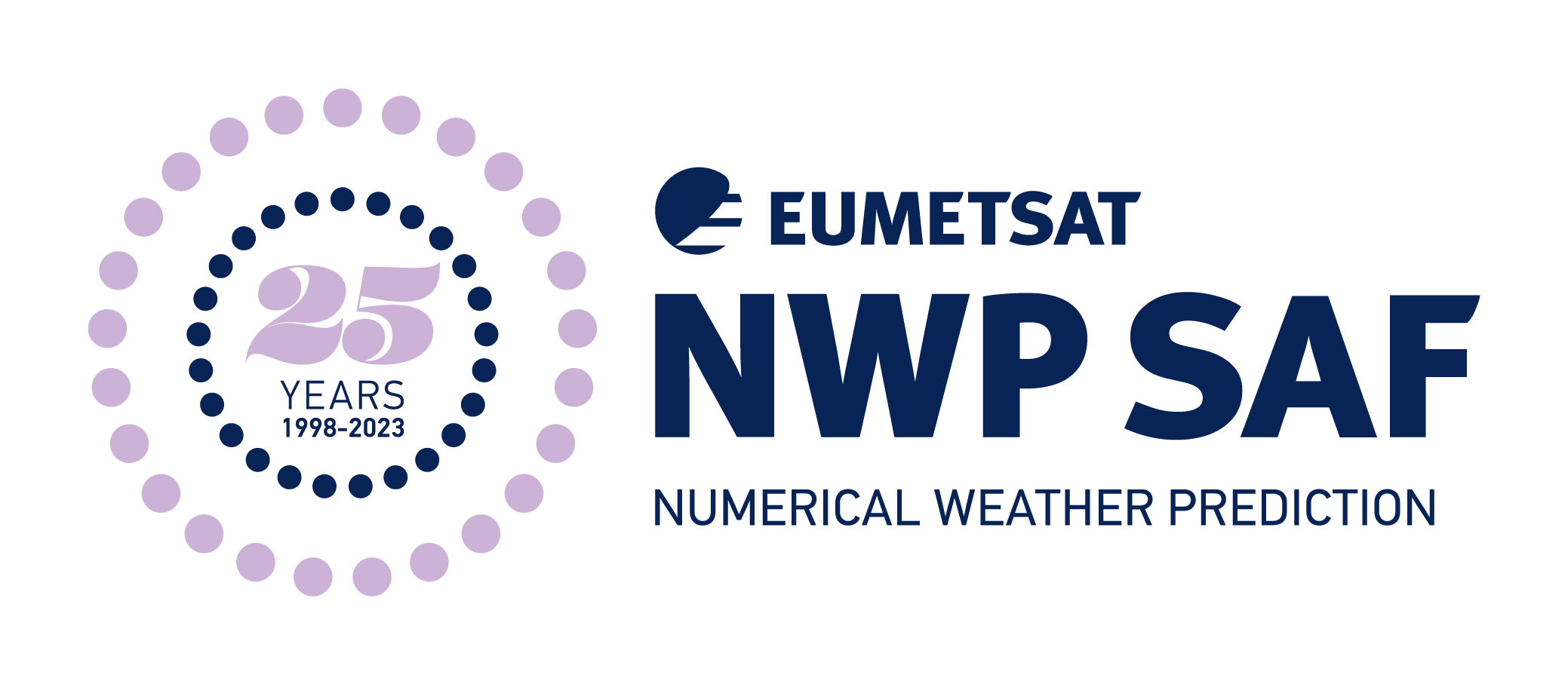The data reception status overview page provides near real time information in the form of traffic light overviews for current data numbers and data timeliness for the various satellite instrument data sets. This page has now been extended to also show current timeliness compared to fixed timeliness thresholds in addition to the overviews comparing current data numbers and timeliness to their respective typical values over previous months. Results are based on an auto-alert system evaluating data reception statistics at both the German Weather Service and the UK Met Office. Please visit the Overview of data availability and timeliness status page for viewing the plots and further information.
Category Archives: News
The NWP-SAF 1D-Var v2.1 has been released.
This release adds support for RTTOV v14. Support for RTTOV v13 and v12 is maintained. Support for RTTOV v11 has been removed. The new version is backwards compatible with v2.0 with the following exceptions: changes to the Sample Background data mean the sample data for each RTTOV version has changed, changed limit of BT difference in O-B check so more tests now pass, changes to SSMIS setup to account for new additions in RTTOV-14. For additional information, please refer to the the software pages https://nwp-saf.eumetsat.int/site/software/1d-var/.
NRT availability monitoring update
NRT availability monitoring update
The following new data sets have been added to the near-real time data availability monitoring with the plots being available since 12 Aug 2025:
Scatterometer winds from HY-2B, HY-2C and OceanSat-3; Altimeter winds from CFOSAT, Sentinel-6a; AMVs from VIIRS of NOAA-20, NOAA-21 as well as LeoGeo AMVs from VIIRS and GEOs; AMVs and ASR from GOES-19 and MET-12.
As for all other instruments, data coverage and timeliness is evaluated four times daily in 6 hour time windows around 00 UTC, 06 UTC, 12 UTC, 18 UTC. The new data have been included in the status overviews: NRT availability status
And plots for coverage as well as time series and PDF’s of data timeliness and geographical plots of data timeliness are available under the following link: NRT availability
NWP SAF Satellite Data Assimilation Training Course 2026 is open for registration
This course provides a comprehensive overview of the usage of meteorological satellite observations in operational numerical weather prediction (NWP). It includes a series of lectures and practical sessions covering a range of topics – from fundamental theoretical concepts through to detailed practical implementations in modern state-of-the-art data assimilation systems.
Applications for this course close on 30 November 2025
For further information, please visit https://events.ecmwf.int/event/499/
Update to the monthly AMV monitoring
The monthly AMV monitoring web pages, https://nwp-saf.eumetsat.int/site/monitoring/winds-quality-evaluation/amv/amv-monthly-monitoring/, have been updated to include O-B plots against the DWD global model background. This enables further comparison of AMV departures with the existing plots from the Met Office and ECMWF and will help separate error contributions between the observations and the models. The DWD statistics are available for the map, zonal, and density (2D histograms) plots.
